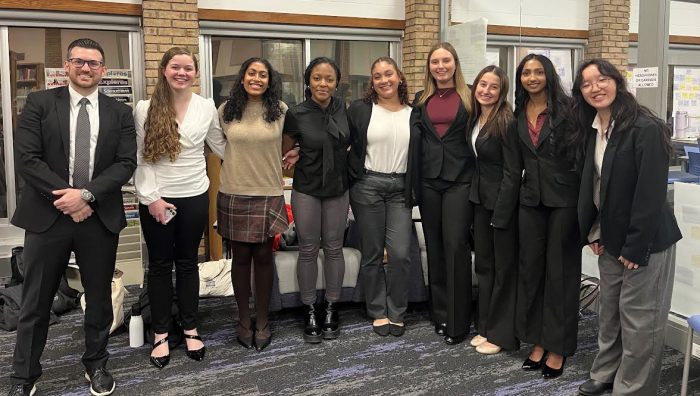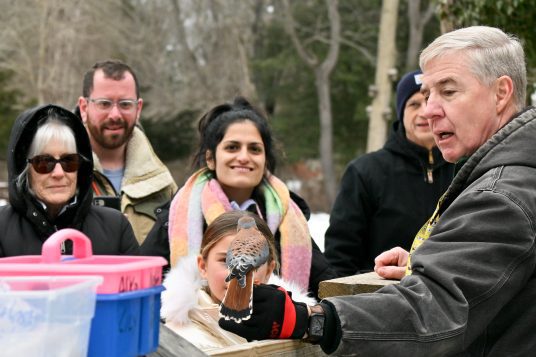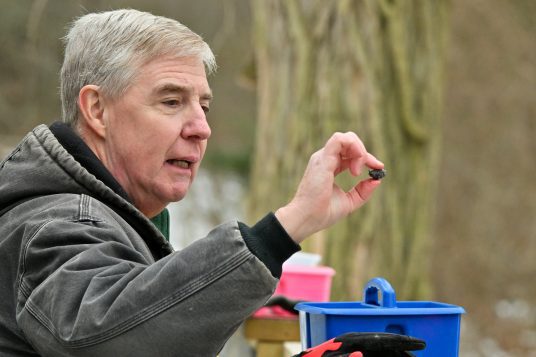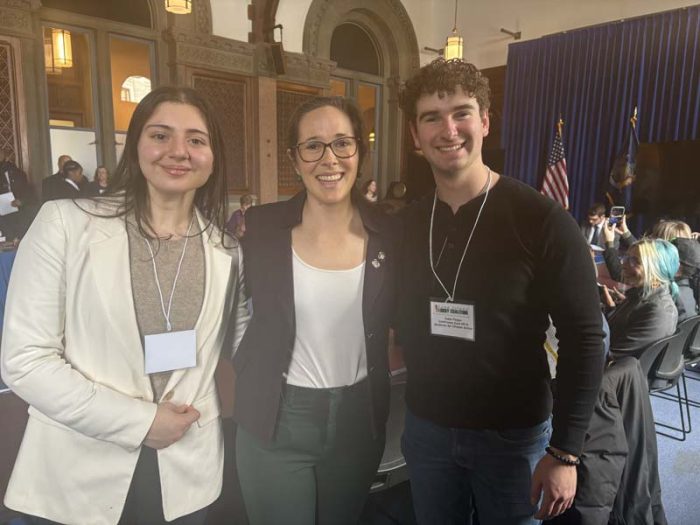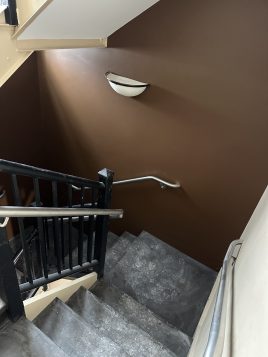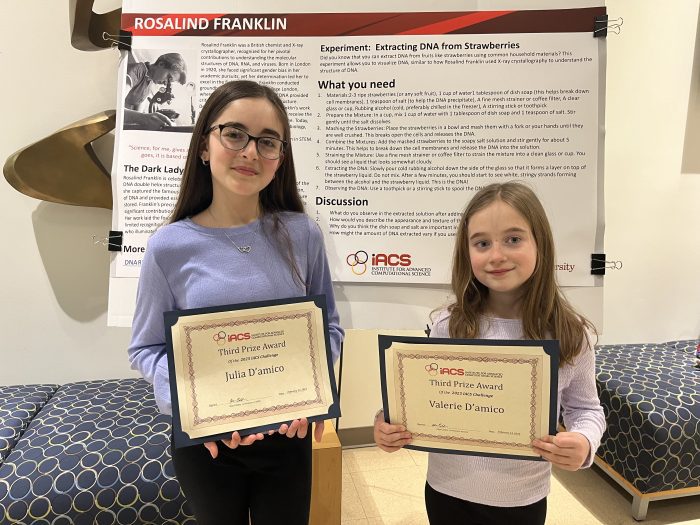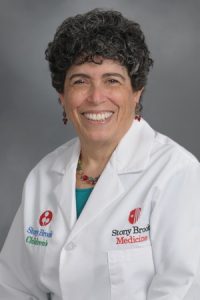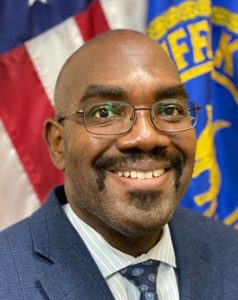By Leah S. Dunaief

Publisher
Almost everyone I have ever asked hates housekeeping. Who wants to be scrubbing floors, cleaning bathrooms and dusting furniture when one could be taking a walk, reading a book or just visiting with a friend? Well, here comes a solution, if not immediately, then before too long. It’s called a domestic robot.
Robots that clean swimming pools and sweep carpets have been in use for many years, but according to news reports, more personal robots are on the way. If you were to own one, in theory at least, what would you have it do?
I would gladly yield to a robot that could sew on a button, or fold the laundry at the end of the wash cycle and put the items away in the drawers. How about one that could iron? Talk about spoiled!
I can clearly remember when, as a small child, I would watch my parents washing their clothes by rubbing them against a “wash board” in the soapy work sink, then hanging them, with a myriad of clothes pins, to dry. We thought we had come so far when washing machines and dryers were invented. Now I am asking for an unpaid valet to do the job of several maids over 100 years ago in Downton Abbey.
I would also appreciate a robot that could take out the dog for a walk on freezing or snowy or rainy days when I would prefer to stay nicely warm under the covers in bed.
“Edgar,” I would say, for I would have already named my robot, “Please take the dog as far as the stop sign this morning and dry him off before he comes back into the house.” The dog, of course, would have to get used to the robot first, but with a little patience that could be managed.
Then there could be a sous-chef robot. “Cut the red onions, mushrooms, red pepper, cucumber and radishes for a salad, Edgar. And tear apart the Boston lettuce. While you are at it, put all the ingredients in a bowl and set it on the table along with oil, balsamic vinegar and serving tongs.”
Now I don’t mind cooking. In fact, I rather enjoy it. But it would encourage me to make more complicated dishes than tuna fish with mayonnaise if I could summon Edgar to clean up after I was finished. While I was cooking, Edgar could set the table, and when we were finished eating and were leaving the dining room, Edgar could put the dishes in the dishwasher and turn it on.
Remember how excited we were in the olden days when dishwashers appeared in our lives? Now I’m looking to have them filled, then unloaded, with the dishes put back in the cabinet, ready for the next meal. Sounds ridiculous? It’s not.
According to Wikipedia, “A domestic robot or homebot is a type of service robot, an autonomous robot that is primarily used for household chores, but may also be used for education, entertainment or therapy. While most domestic robots are simplistic, some are connected to WiFi home networks or smart environments and are autonomous to a high degree. There were an estimated 16.3 million service robots in 2018.”
Robots have been designed since the beginning of the Industrial Revolution to help with production, but personal robots started to appear, according to Wikipedia, in the 1980s. “People could use it to play songs, games, wake people up in the morning, notify important events, and even guard the home.” The robot can be programmed with a computer and some software or it could be controlled with an infrared transmitter and a remote pad.
So guess what?
In addition to cleaning floors, there does exist an ironing robot, a laundry-folding robot, and even a cat litter box-cleaning robot. There also exist robots that can make rotis and tortillas. And robots can patrol the house with night vision to protect against intruders.
All of these will, I suspect, become family members soon.





